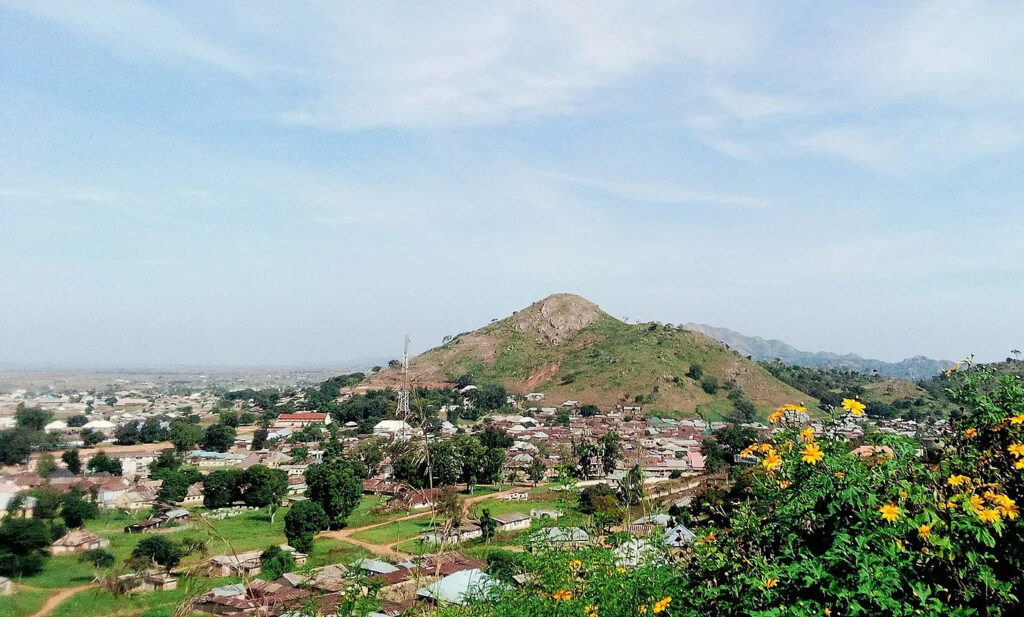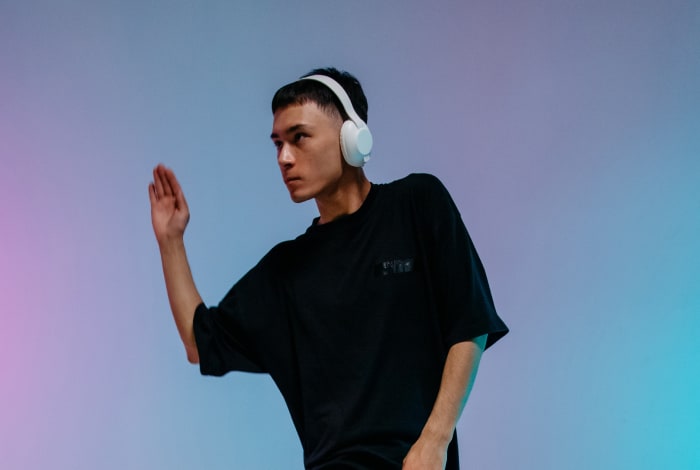I recently talked to someone in the design space who was doing great work in Africa around social impact. In conversation, this person passed a comment that not only deeply resonated with me, but also switched on a light bulb for me.
She said something along the lines of …‘build the market for design on the continent (Africa).’
I thought to myself, that’s interesting! Isn’t there already a market for design in Africa?, but then as I pondered those words more, I realized she’d hit the nail right on the head.
See, for anyone who’s been in the field of human-centered design, you know that it is a relatively young industry globally, with more questions than answers. The thrill of many of us in this profession is that we get to seek out the answers together, through our work, our learning and collaboration across countries and industries.
In the West, the idea of HCD has come a long way, the field markedly came about in the late 60s, when Horst Rittel spoke about ‘wicked problems’ which essentially are problems, that as they are being solved, birth or reveal other problems. This makes them complex, hence a methodology such as Human-centered Design is needed to help tackle them.
A few years ago, I got my first masters in this field, we called it design management and a few of our classes consisted of impassioned debates about the definitions of terms like ‘design strategy’. Fast forward to last year when I got another masters degree in design, (yup, I love this field that much), I realized that there were still ongoing conversations around clarifying terms and how they’re put to use in our practice, conversations such as the difference between ‘design strategy’ and ‘strategic design’.
But what does this all mean for the African continent? My entire design education and training has been in the West, while most of my work has been in Africa, so I have been privileged to see the field as it operates in very different parts of the world and as it is influenced by the nuances of each region’s contextual factors.
I, like many designers like me, believe we’re capable of providing solutions that plague our societies. Most designers live with this belief, but I’m a little biased as I think Africa holds the most opportunity for innovative, co-created solutions to be birthed, flourish and most importantly cause positive, lasting impact on the lives of the citizens of the continent.

See, I grew up in Northern Nigeria, with beautiful mountains and landscapes, (Plateau state) we spent a lot of our time outside. I really didn’t know much about the outside world, until one summer, when we traveled to England. I remember it so well, we arrived at Heathrow at about 5am and I opened my eyes and looked out the window in awe. That feeling held on for the entire two months of our holiday, as we ate at out, visited amusement parks, museums, and more.
That summer, I experienced design in a way I’d never experienced before. It was design of everyday life, it was design in everyday life. It was everyday life designed to be well lived, through products, systems, and experiences, and there was no turning back for me. I innately just knew that this type of ‘living’ was possible, and not just on summer vacations. That day, DODO was born.

I told myself I would live a life of designing a better life for people: better experiences, better products, better systems. Just a better quality of life.
I’m so happy to say that I’ve been able to do a little bit of that over the past decade of my career (more to come on this later). But, as we designers know, we’re natural world changers, and every project makes us eager for more change, more impact, more results. More improved quality of life.


And so when I hear that comment: build the market for design on the continent of Africa, yes it resonates with me deeply. If I could add to that, I would say, let’s build the design capacity in Africa for the type of work we do, on the continent and in the world.
Author
-

Susan Onigbinde has 12 years of experience working with and leading teams in design, research, and strategy, collaborating with global brands to create solutions that benefit communities.
View all posts

